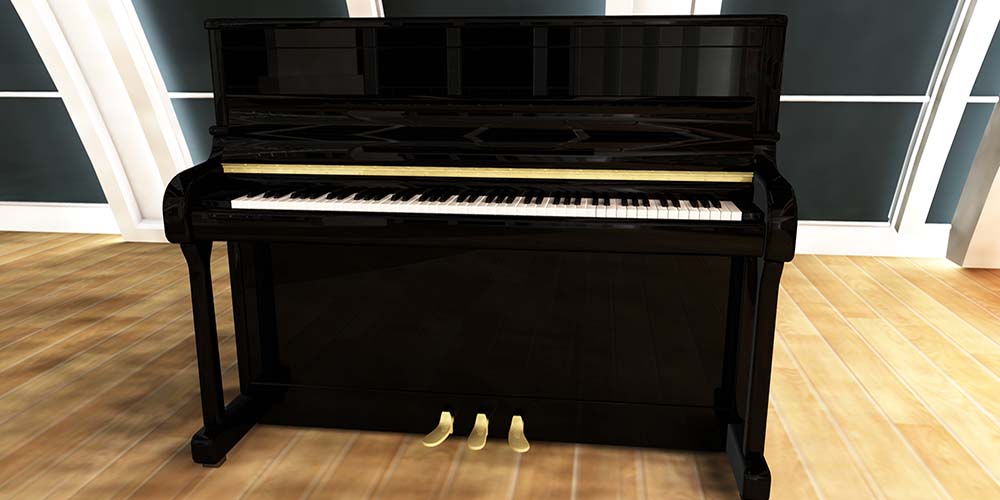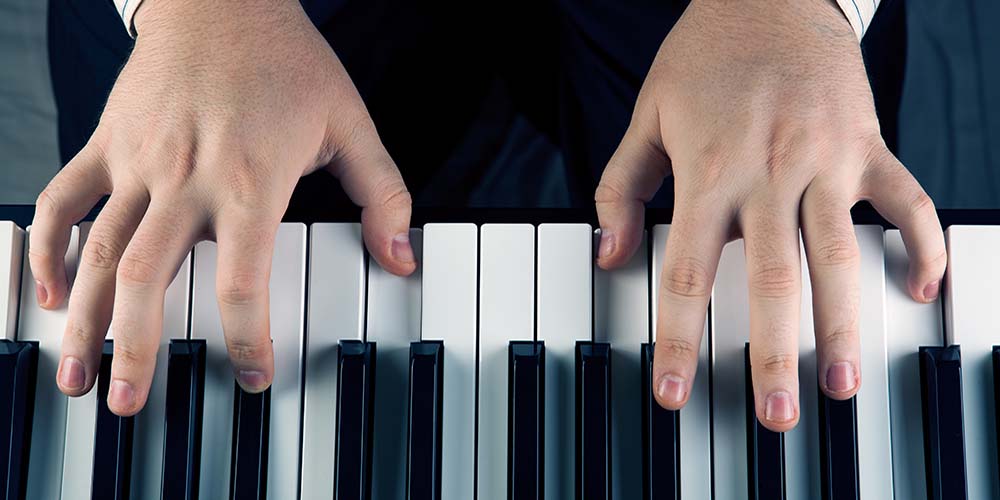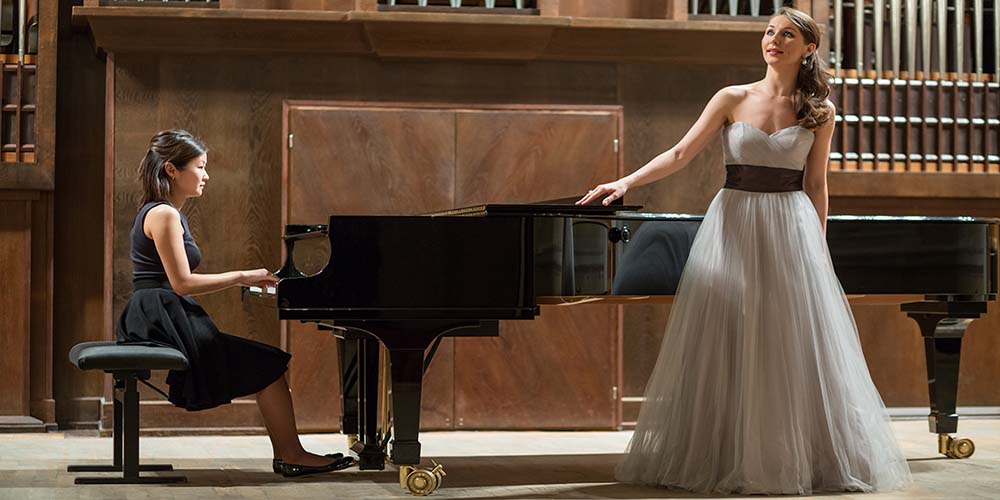There are intricacies to the piano that the everyday observer is often unaware of. If you are looking to learn how to play the piano, make yourself aware of the different types of pianos and the nuances of each.
Types of Pianos
There are 2 different types pianos. The grand piano and the upright piano. Most people prefer the upright piano because of the cost and the size. Electronic Keyboards have become very popular with their versatility, but aren’t the same.
Grand Piano
The grand piano is considered to be the cream of the crop for pianos and musicians really. These pianos are what concert pianists play exclusively. The style of the grand piano is where it gets its name. The strings stretch away from the keyboard giving it a very long and large size. These pianos are for large rooms. Don’t make the mistake of putting a beautiful piano in a small area. Grand Pianos come in different sizes:
- Parlor: 4'5" to 5'5"
- Baby: 5'0" to 6'5"
- Medium: 5'6" to 6'5"
- Professional: 6'6" to 8'0"
- Concert: 8'9" to 10'2
Upright Pianos

Upright pianos are the perfect piano for your home. The design allows for the piano to fit in any room without taking up as much space. Sometimes called vertical pianos the frame and strings are stretched vertically spanning the keyboard in both directions. When the hammers hit the strings on an upright piano they need the springs to return them back into position. The different sizes of upright pianos are measured in height:
- Spinet: 35" to 39â€
- Console: 40" to 44"
- Studio: 45" to 47"
- Full Size: 48" to 52"
Electronic Keyboards
Electronic keyboards have become more and more popular due to the technology in them. Instead of strings and hammers to create the sound, the sound is created by sounds stored on a memory chip. While most pianists don’t care for electric keyboards, they have some overwhelming advantages that should be looked at.
One of the first things is the technology. With todays society on our phones and wanting information instantly keyboards can connect to computers and create MIDI files. They never need to be tuned like a normal piano. The sound will allows be consistent. The lightweight and portable aspect of the piano also makes it very versatile. If you wanted to play a piano at your friend’s house but they don’t have a piano, an electronic keyboard is a great solution. They also have built in rhythm machines that you can play along with.
In past years keyboards got a bad rep because the keys were light and didn’t emulate the keys of a real piano. Well technology has tackled this issue and now the weight in the key is very similar, the keys get heavier as you move down the keyboard like a real piano.
Basic Keys

Piano’s have 88 keys. 52 white keys and 36 black keys. This may seem like a lot and very confusing to the beginner but it is actually very easy to understand. If you start on the left side of the piano also known as the bottom side of the piano you will notice that the sounds are low. As you continue playing the keys to the right the sounds get “higherâ€. The right side is known as the top side of the piano.
After you have played all the keys it is time to locate the “C†note on the piano. This will be your main guide for playing music. Looking at the picture above you will see a group (7 white keys with 1 set of 2 black keys and 1 set of 3 black keys). C is always found on the left side of each set of 2 black keys. Each octave starts with C then continues with D, E, F, G, A, B, and returning to C. This octave (or set of 8 keys) repeats itself on the piano 7 times. Be sure to find the middle “C†located near the middle of the keyboard.
The black keys are in groups of 2 and 3. Simply the black keys are either sharp or flat notes. A sharp means to play the next higher key on the piano, while a flat means to play a lower key. This means that the black key located to the right of C is C-sharp. While that same black key is located to the left of the D key, now makes it D-flat.
Summary
Pianos can come in different sizes and shapes. It is important to choose a piano that is right for you. A grand piano should only be used in large rooms where the space allows the piano to fit. Upright pianos are perfect for your home. Electronic keyboards are a great alternative if you are gonna be mobile or want to save your music. Remember to find the middle “C†and practice using the 7 octave sets of keys.
